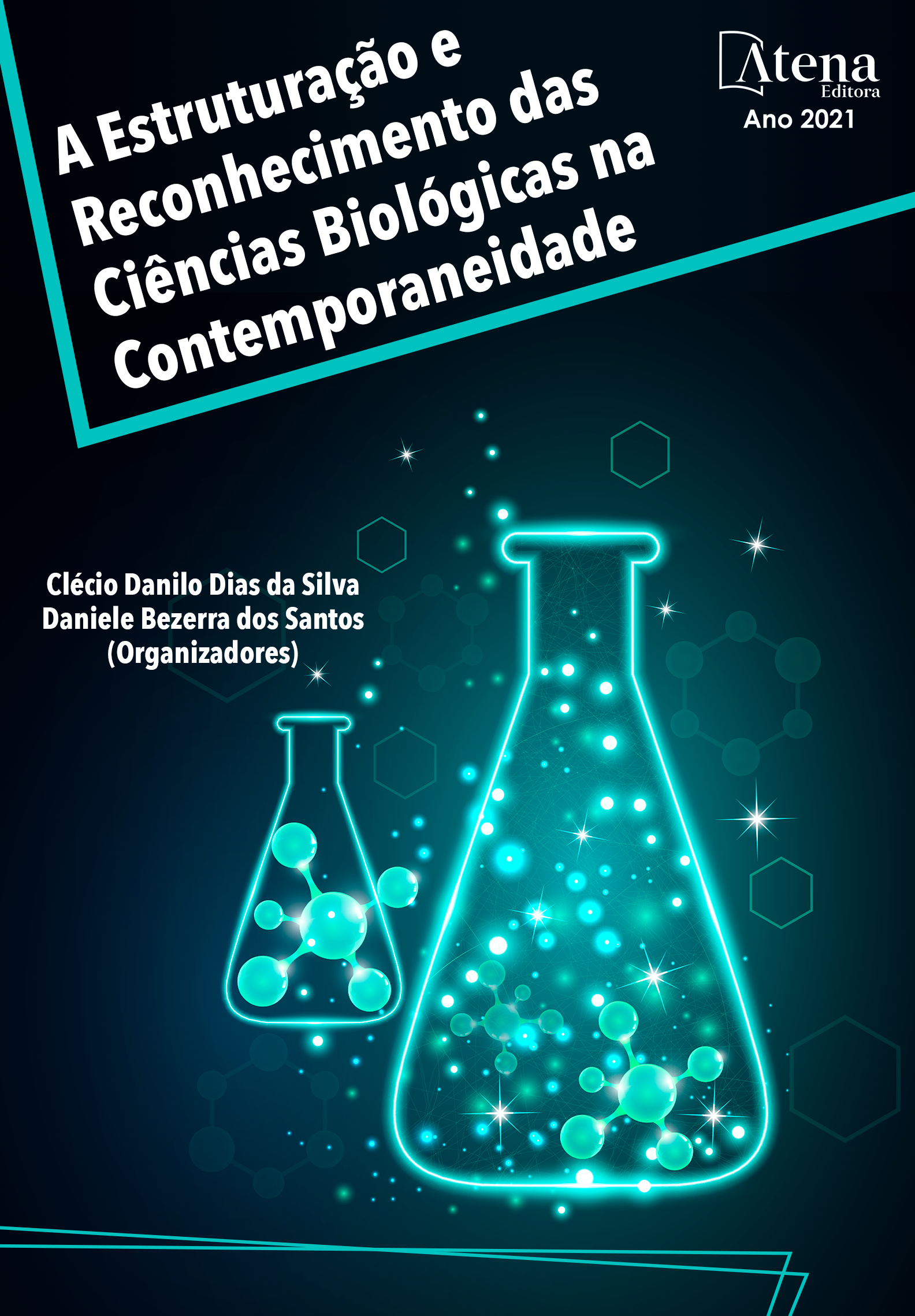
FORMIGAS E PEQUENAS CENTRAIS HIDRELÉTRICAS
A matriz energética vigente tem sido alvo de estudos quanto à sustentabilidade e cresce a necessidade de se compreender adequadamente os impactos causados sobre a biodiversidade. Uma das formas de avaliação das alterações ambientais é a utilização de espécies bioindicadoras e as formigas representam uma alternativa neste quesito. Este relato visa apresentar as assembleias de formigas que ocorrem nas áreas de influência direta de duas pequenas centrais hidrelétricas. A amostragem foí conduzida em ambientes de fragmentos florestais, agrícolas e de pastagens, em um município do sudoeste do estado do Paraná, nos meses de julho de 2016 e março de 2017. Foram utilizadas armadilhas do tipo pitfall nas amostras e foram avaliadas a riqueza, a abundância e a composição das assembleias de formigas amostradas. Foram registradas 63 espécies pertencentes a 23 gêneros e a seis subfamílias. A subfamília Myrmicinae foi a mais rica (S = 25), seguida da subfamília Formicinae (S = 21). O gênero mais rico foi Camponotus (S = 15) seguido por Pheidole (S = 11). O estudo contribui para a expansão do conhecimento acerca da mirmecofauna que ocorre no território paranaense e serve de base para o monitoramento de impactos causados pela instalação de PCH e de outros empreendimentos.
FORMIGAS E PEQUENAS CENTRAIS HIDRELÉTRICAS
-
DOI: 10.22533/at.ed.5852106044
-
Palavras-chave: biodiversidade; bioindicadores; produção de energia.
-
Keywords: biodiversity; bioindicators; production of energy.
-
Abstract:
The current energy matrix has been the subject of studies on sustainability and the need to properly understand the impacts caused on biodiversity is growing. One of the ways of assessing environmental changes is the use of bioindicator species and ants represent an alternative in this regard. This report aims to present the assemblies of ants that occur in the areas of direct influence of two small hydroelectric plants. Sampling was carried out in forest, agricultural and pasture fragments in a municipality in the southwest of the state of Paraná, in the months of July 2016 and March 2017. Pitfall traps were used in the samples and the richness was evaluated, the abundance and composition of sampled ant assemblages. 63 species belonging to 23 genera and six subfamilies were registered. The subfamily Myrmicinae was the richest (S = 25), followed by the subfamily Formicinae (S = 21). The richest genus was Camponotus (S = 15) followed by Pheidole (S = 11). The study contributes to the expansion of knowledge about the mirmecofauna that occurs in the territory of Paraná and serves as a basis for monitoring impacts caused by the installation of PCH and other projects.
-
Número de páginas: 17
- Cladis Juliana Lutinski
- Junir Antonio Lutinski


